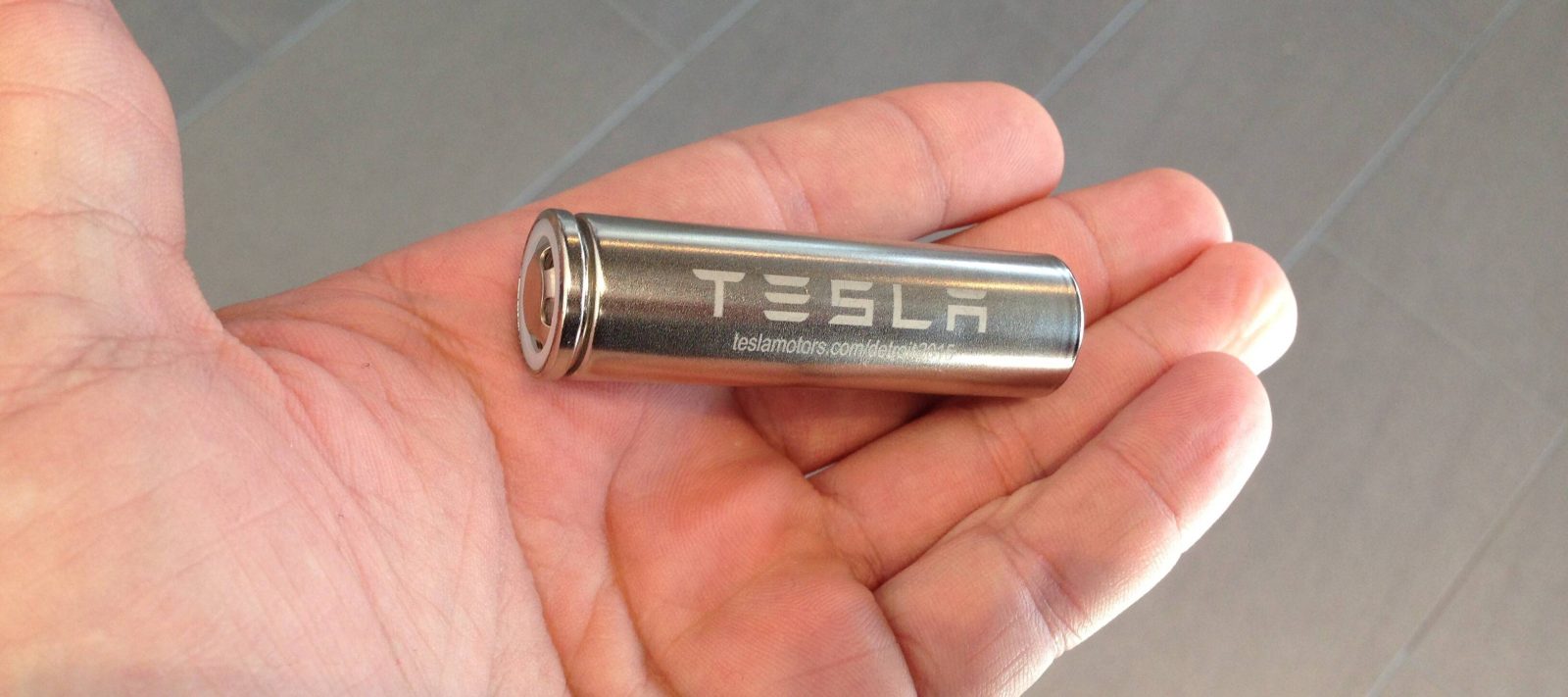According to a report published by Reuters, Tesla’s new self-developed batteries will begin manufacturing this year in China in association with CATL, the most considerable cell manufacturer in the Asian country. Apparently, at the end of 2020, the Model 3 manufactured in Giga Shanghai will receive a version equipped with these new batteries. This will be characterized by low cost and long service life.
Internally known as the ‘Roadrunner’ project, Tesla batteries will feature technologies developed by the company’s internal teams. Including expert Jeff Dahn, who recently patented cells equipped with a ‘single crystal’ NMC 532 cathode and an electrolyte with double additive. The ultimate goal of Tesla is to offer batteries with a cost of less than $100 per kWh. This will allow it to equalize the prices of its electric cars to those of thermal vehicles, as well as the useful life of 1.6 million kilometers.
The new Tesla batteries will be designed to have a second life in energy storage systems for the electrical grid. Also, and for the first time in a Tesla, the Model 3 equipped with “Roadrunner” batteries will feature V2G technology. This will allow the car to pour electricity into the grid at times of high demand and to charge at times of low demand.
Tesla intends to become an electricity provider for consumers and businesses, creating battery packs like the one it currently has in operation in South Australia. Giving a second life to those packs that have completed their useful life in a car. The company is also working on recycling and recovering raw materials such as nickel, cobalt, and lithium through its Redwood Materials subsidiary.
Tesla also plans to gradually implement new, highly automated, and efficient battery production processes to reduce manufacturing costs and time (for example, it will remove modules from its packs). On the other hand, the company is studying the construction of massive “Terafactories” to produce batteries, which will be about 30 times larger than Giga Nevada.

